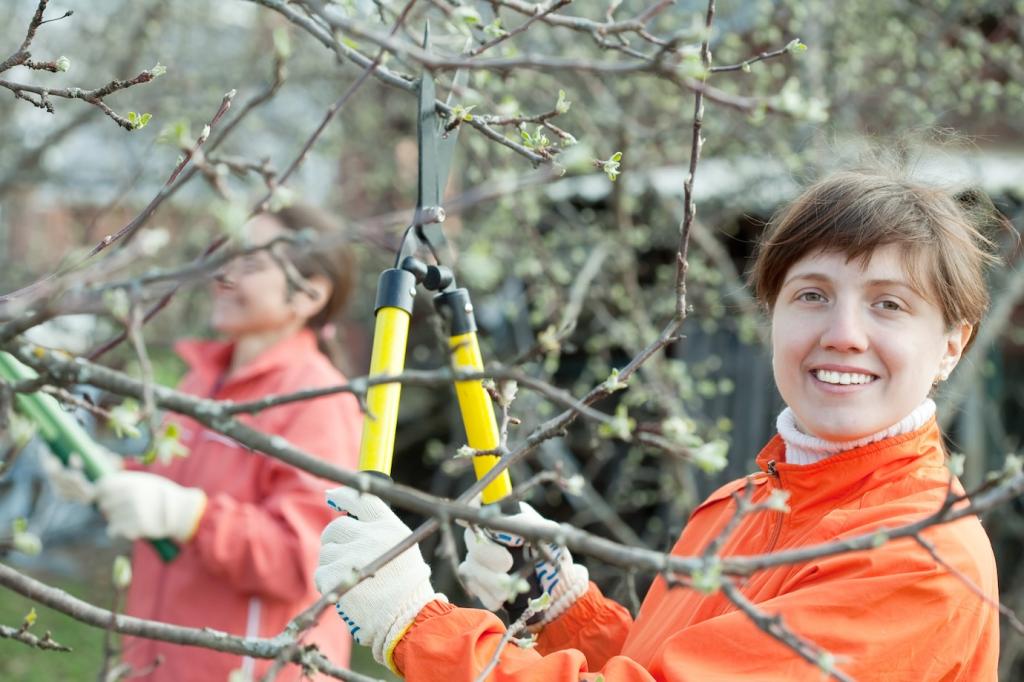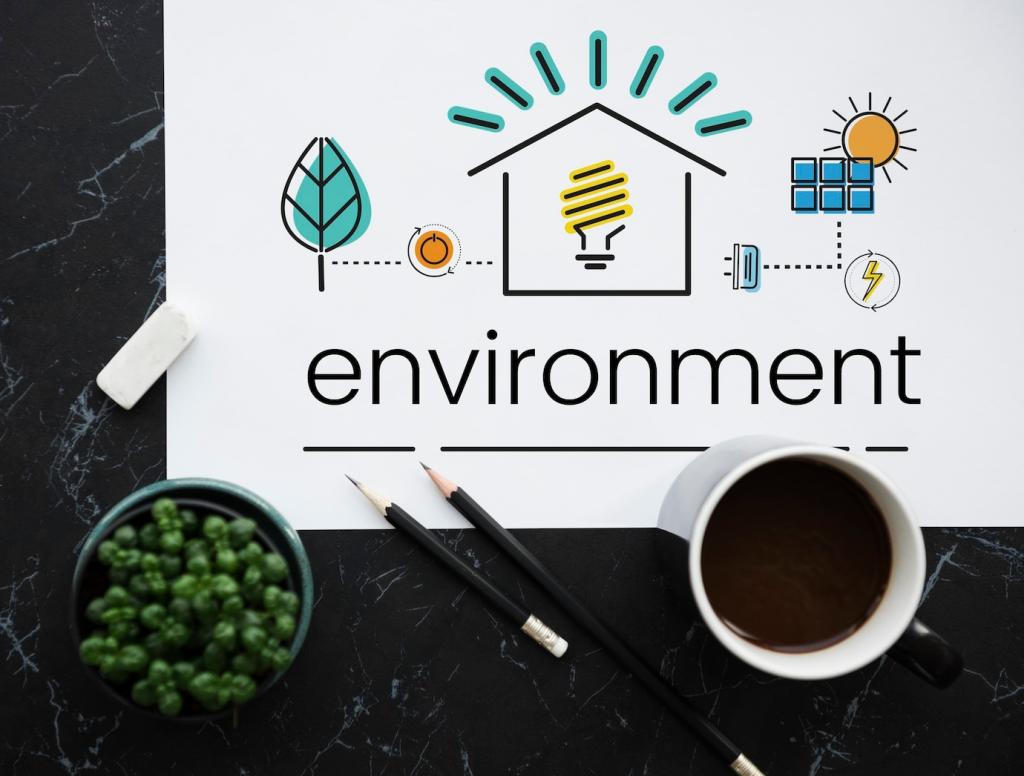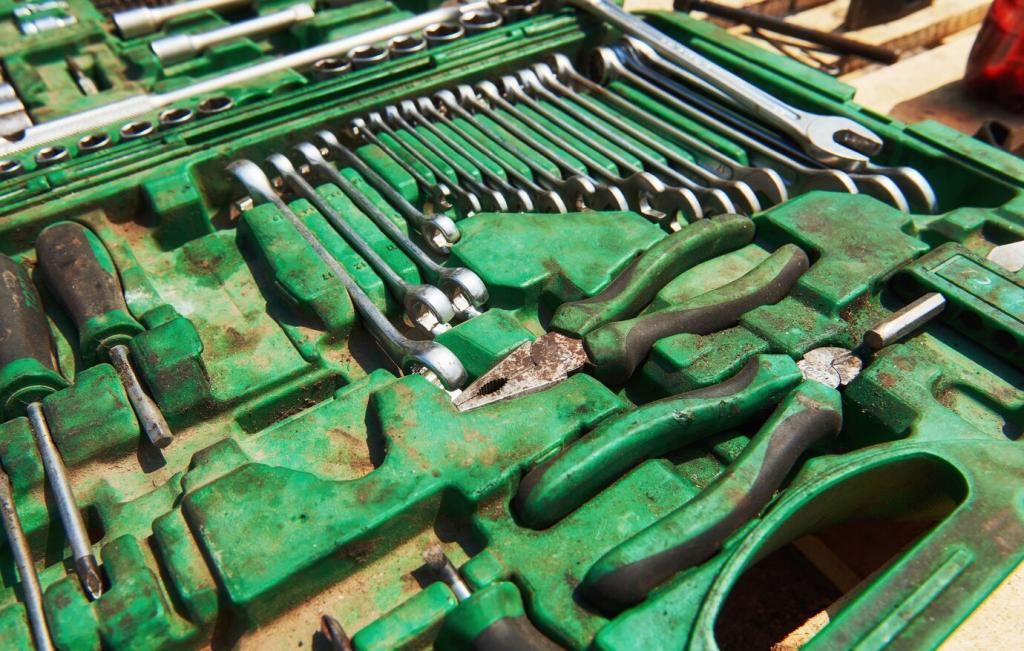Care, Maintenance, and Honest Troubleshooting
Most oil-and-wax finishes can be spot-fixed without stripping. Clean gently, apply a tiny amount of the original polish, and feather outward. Let it cure and buff. The repair blends into surrounding areas, preserving patina and saving time. Comment with your favorite quick fixes for common household scuffs.
Care, Maintenance, and Honest Troubleshooting
Seasonal shifts can produce a hazy bloom on waxed surfaces. Don’t panic. Warm the area slightly with friction and buff patiently. Improve airflow, and consider a slightly harder wax mix for summer. These little adjustments keep your eco furniture confident even when the weather gets moody and sticky.







